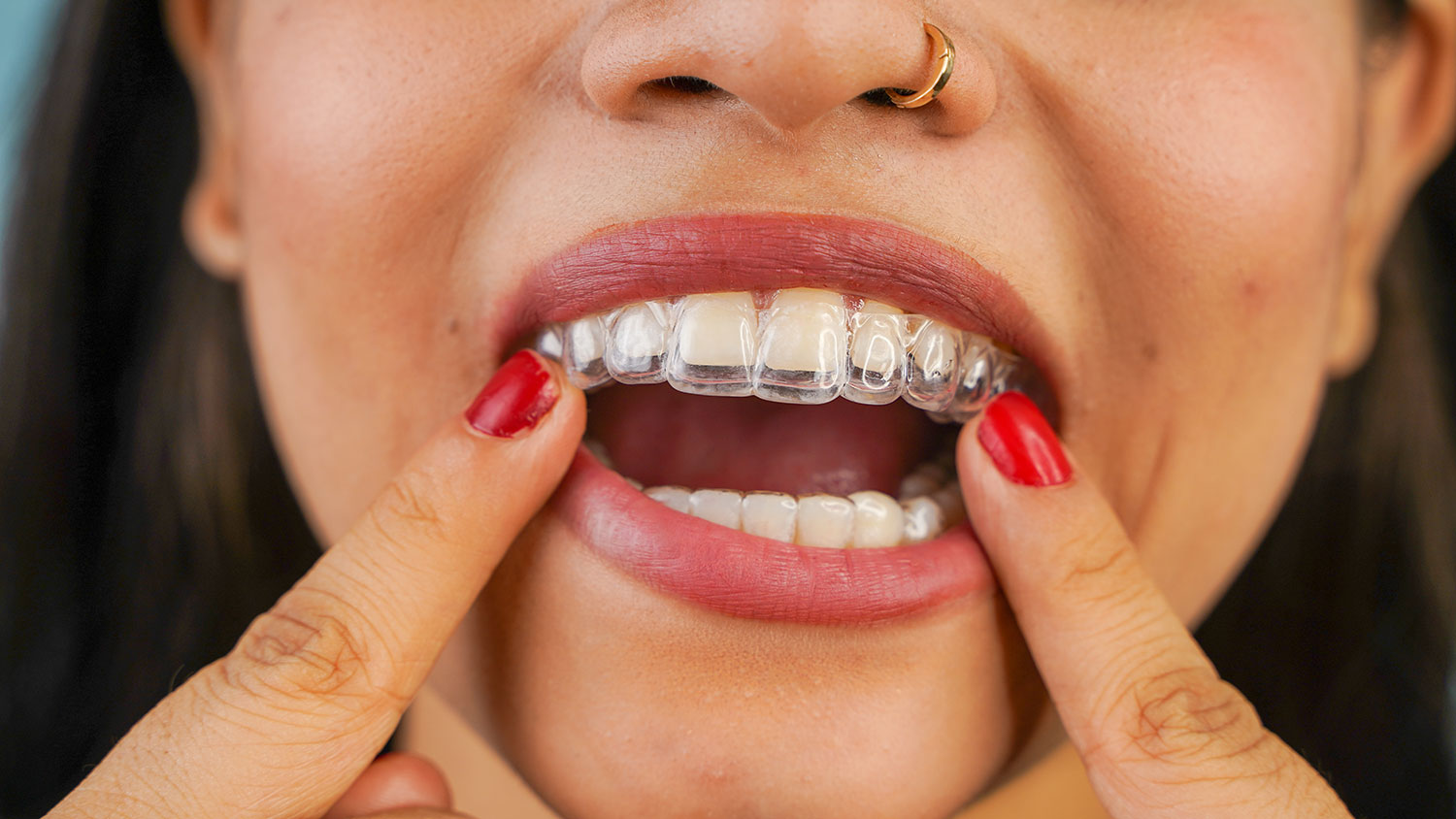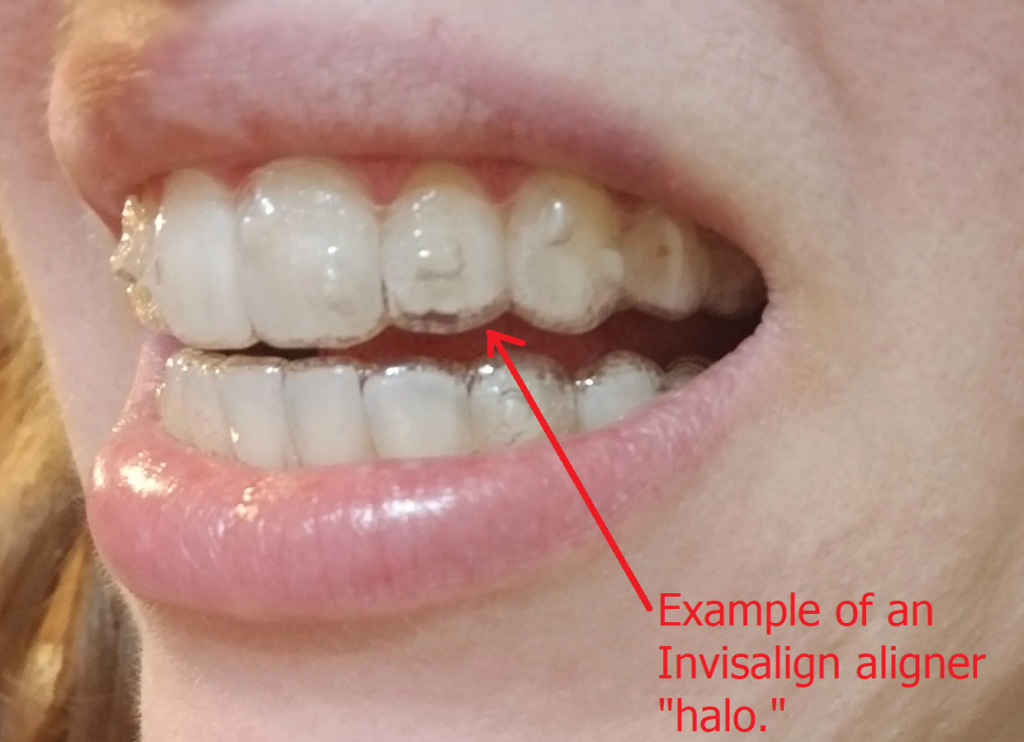Invisalign vs. Traditional Dental braces: Which Option Is Right for You?
When considering orthodontic therapy, the selection between Invisalign and traditional braces offers numerous crucial factors that warrant mindful evaluation. Invisalign provides a very discreet alternative with detachable aligners, while typical dental braces offer a more visible yet efficient service for severe imbalance.
Introduction of Therapy Alternatives

On the other hand, conventional braces include steel braces and cables that are bound to the teeth. This method uses continual pressure gradually to accomplish alignment. While reliable for intricate orthodontic issues, standard braces call for regular gos to for adjustments and can position challenges in maintaining oral health because of the difficulty of cleansing about brackets and wires.
Both options have their values, and the choice typically rests on certain oral problems, way of life preferences, and individual compliance. Ultimately, seeking advice from an orthodontic professional is essential for identifying the most appropriate treatment plan customized to private needs. Understanding the nuances of each option can significantly influence the total success of orthodontic treatment.
Aesthetic Factors To Consider
A substantial variable influencing the selection in between Invisalign and standard braces is the aesthetic appeal each therapy supplies. Invisalign aligners are crafted from clear plastic, making them virtually invisible when used. This discreet look is especially appealing to teenagers and grownups that may really feel uncomfortable regarding their orthodontic therapy. The ability to keep a natural smile throughout the positioning procedure can substantially boost the person's confidence in social and professional settings.
On the other hand, standard dental braces include steel brackets and cables, which can be more obvious. While innovations in orthodontic technology have actually brought about the advancement of smaller sized brackets and colored elastics, traditional dental braces still maintain an even more noticeable account. For some people, the exposure of braces might discourage them from seeking necessary treatment.
Ultimately, the choice between Invisalign and conventional dental braces might rest on individual choices relating to aesthetic appeals. Individuals that prioritize discretion usually lean toward Invisalign, while those who are much less worried regarding exposure may choose traditional braces. Recognizing the visual ramifications of each choice is critical for making a notified choice that aligns with one's way of life and choices.
Comfort and Convenience

In terms of benefit, Invisalign aligners are removable, enabling patients to enjoy their preferred foods without restriction and keep optimum dental health. Brushing and flossing are streamlined, as the aligners can be taken out during these regimens, whereas typical dental braces require mindful maneuvering around wires and brackets.
Furthermore, Invisalign's modern system permits fewer orthodontic check outs. People normally get multiple collections of aligners simultaneously, which can improve the treatment process and minimize time spent in the you can try this out orthodontist's chair. On the other hand, traditional braces necessitate normal changes, making them much less convenient for those with hectic routines. Invisalign. On the whole, the convenience and comfort of Invisalign make it an appealing choice for lots of people seeking orthodontic therapy.
Therapy Duration and Efficiency
While both Invisalign and typical dental braces work in remedying oral misalignments, the period of treatment can vary dramatically between both options. Normally, Invisalign treatment can take anywhere from 12 to 18 months, relying on the intricacy of the case. The clear aligners work by gradually moving teeth into their preferred positions, and routine follow-ups with an orthodontist aid make sure progress stays on track.
On the other hand, conventional dental braces typically require a longer dedication, typically varying from 18 months to 3 years. This results from their set nature and making use of cables and braces, which can be more effective for intricate instances here are the findings and extreme misalignments (Invisalign). The treatment effectiveness of traditional braces is well-documented, as they permit precise adjustments and higher control over tooth movement
Inevitably, the choice between Invisalign and traditional dental braces may hinge on both the expected therapy period and the details dental concerns available. Consulting with an orthodontist is vital, as they can supply tailored suggestions based on specific requirements, making sure the chosen approach aligns with desired durations and outcomes.
Expense Contrast and Insurance Choices
Expense plays a substantial function in the decision-making procedure for individuals considering orthodontic therapy, whether choosing Invisalign or conventional braces. On standard, the price of Invisalign varieties from $3,000 to $8,000, while conventional dental braces usually set you back in between $2,000 and $6,000. Elements affecting these prices include the complexity of the situation, the duration of therapy, and geographical place.
Insurance protection can substantially affect out-of-pocket expenditures. Several oral insurance policy strategies offer partial coverage for orthodontic treatments, yet the specifics can differ commonly. It is vital for clients to examine their insurance plan to identify the extent of insurance coverage for either option. Usually, traditional braces might be extra often covered by insurance coverage plans compared to Invisalign, which some insurance companies classify as a cosmetic treatment.
In addition, several orthodontic methods provide flexible layaway plan, making both treatment choices more available. Individuals must ask about possible funding options and discounts for in advance repayments. Examining the total price, including insurance benefits and repayment plans, is essential for making an informed decision that aligns with both link visual choices and budget plan considerations.

Conclusion
In summary, the choice in between Invisalign and conventional braces rests on numerous aspects, consisting of visual choices, comfort, treatment duration, and cost. Invisalign offers a discreet, detachable option that helps with dental health and nutritional adaptability, while standard dental braces might be preferable for complex oral problems and often come at a lower cost factor. Eventually, examination with an orthodontist is necessary to assess private circumstances and figure out the most ideal therapy alternative for attaining optimum dental placement.
When considering orthodontic treatment, the selection in between Invisalign and traditional dental braces provides a number of vital aspects that warrant mindful analysis.Comparing Invisalign and conventional braces reveals distinctive treatment alternatives for orthodontic modification.While both Invisalign and standard dental braces are efficient in dealing with dental misalignments, the period of therapy can differ considerably between the 2 options.Price plays a significant role in the decision-making procedure for people considering orthodontic therapy, whether deciding for Invisalign or conventional dental braces.In recap, the option between Invisalign and standard dental braces hinges on several variables, including visual preferences, comfort, treatment duration, and cost.